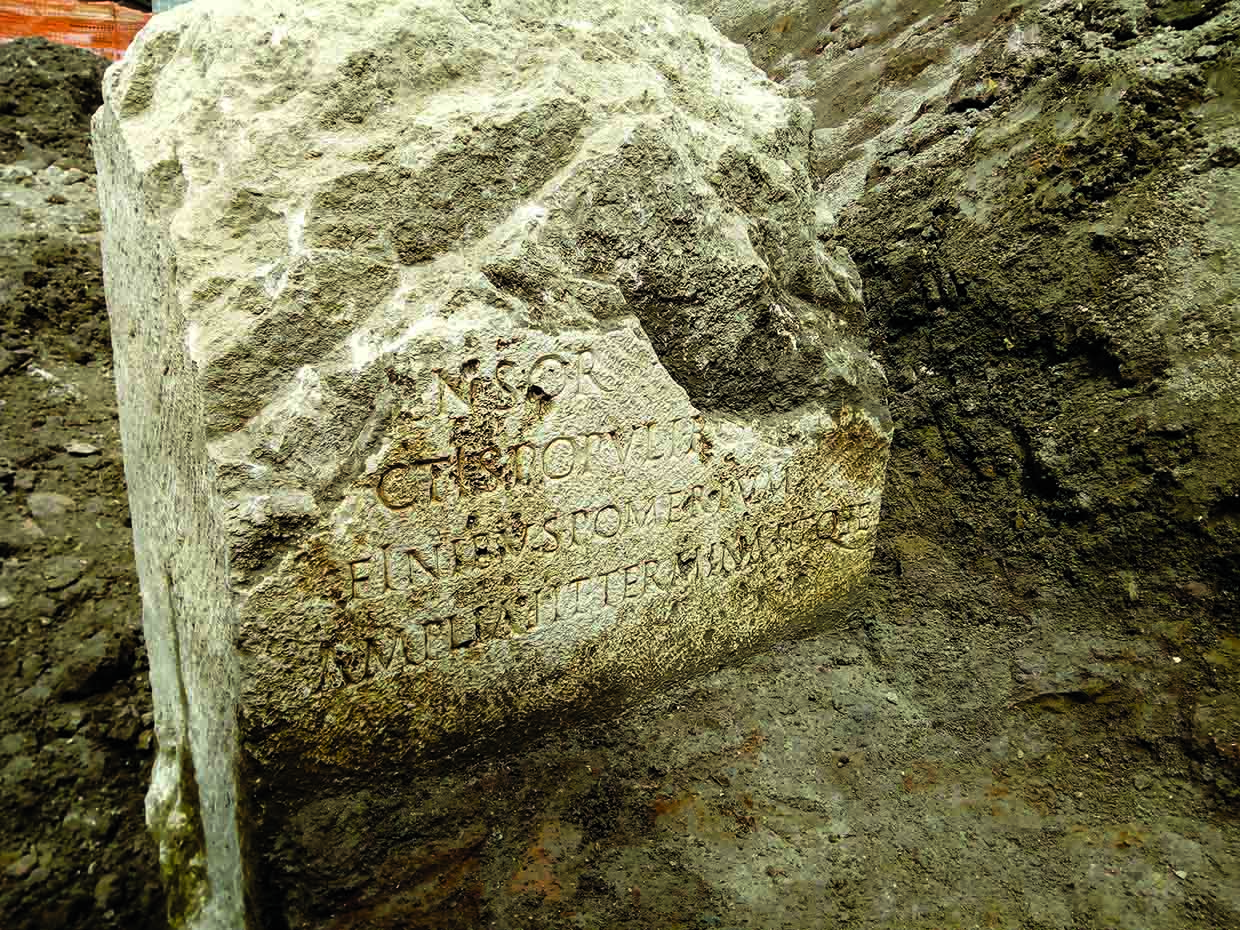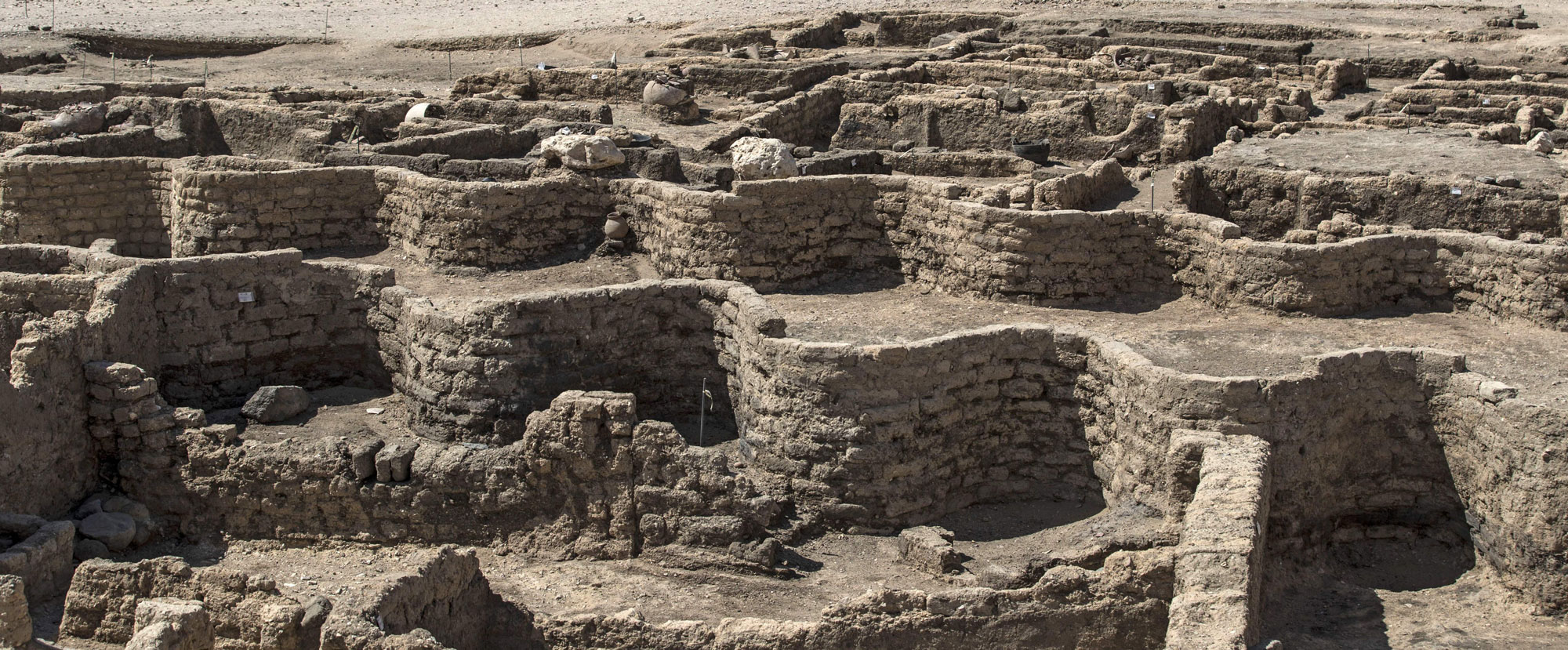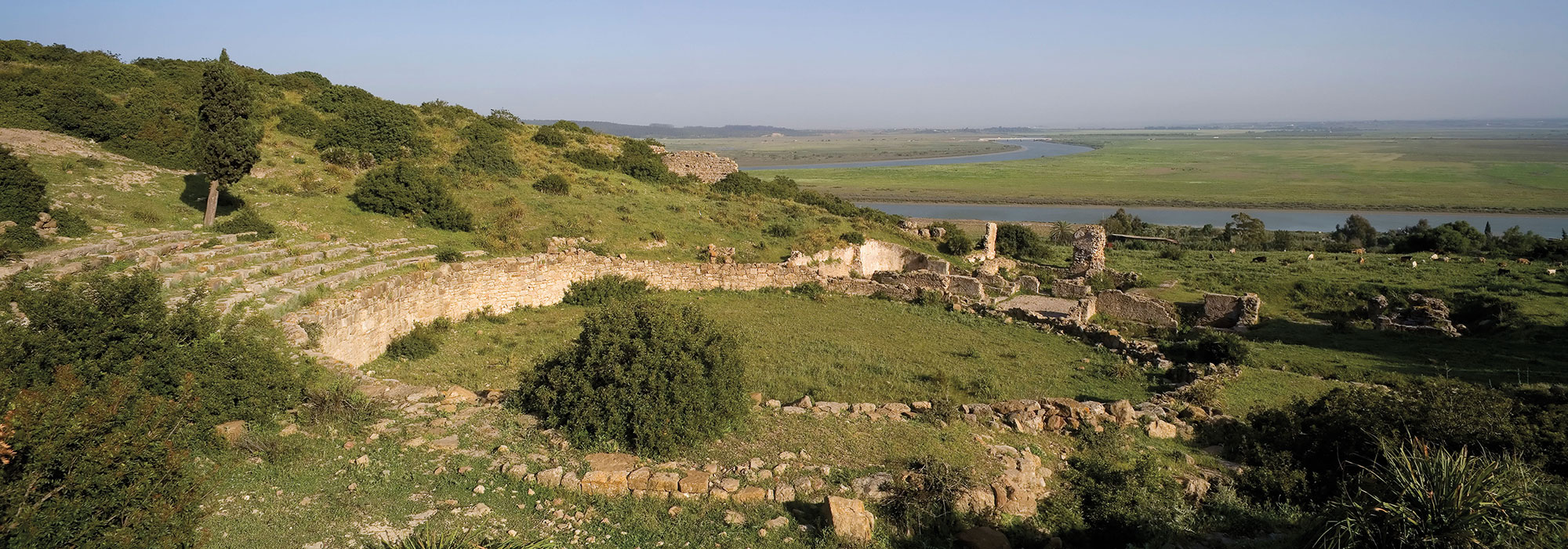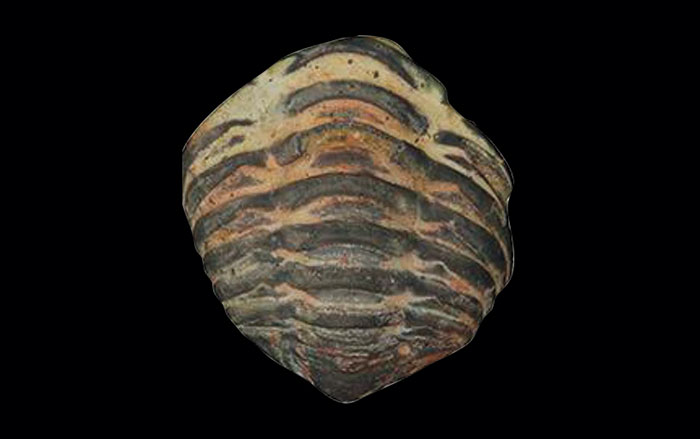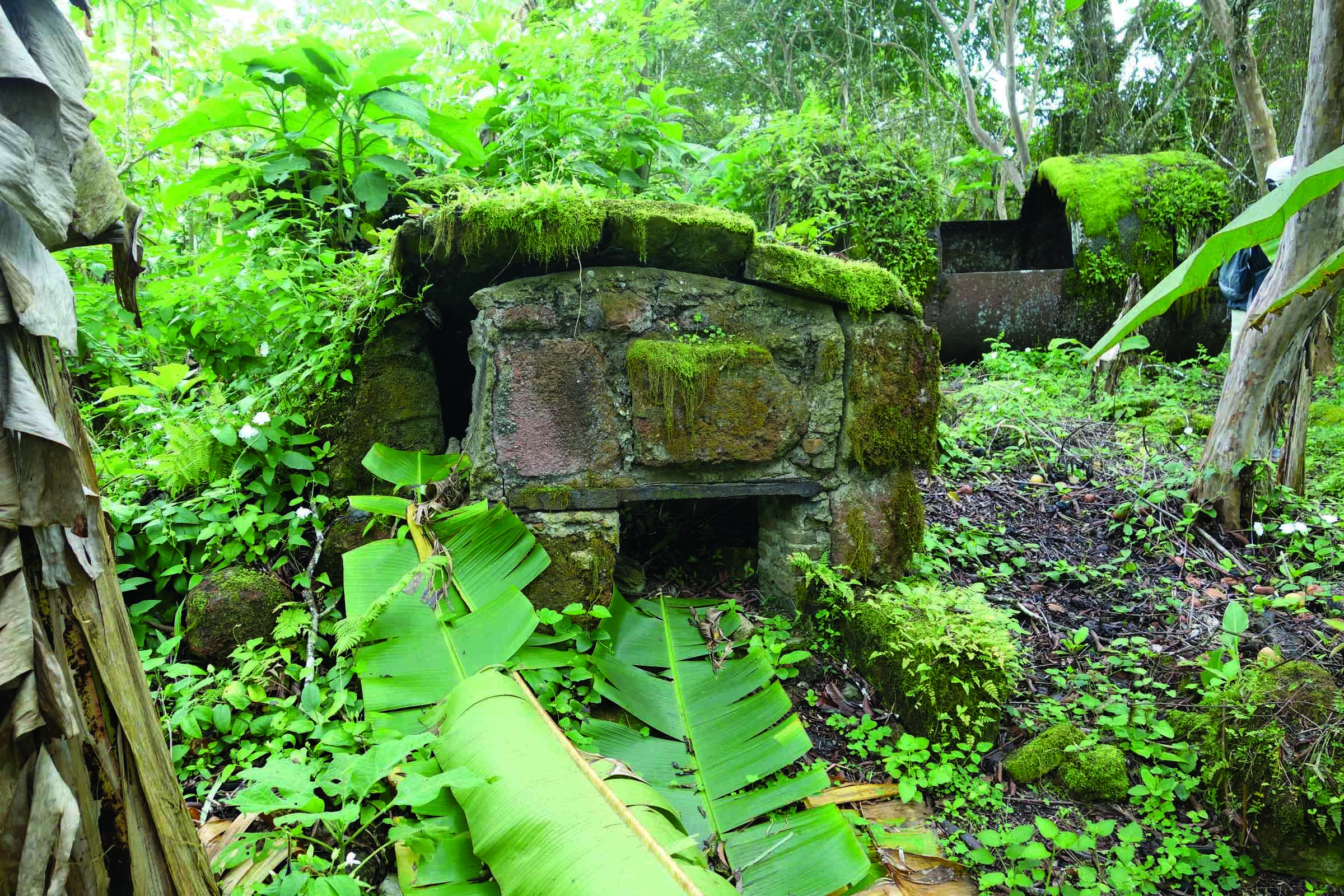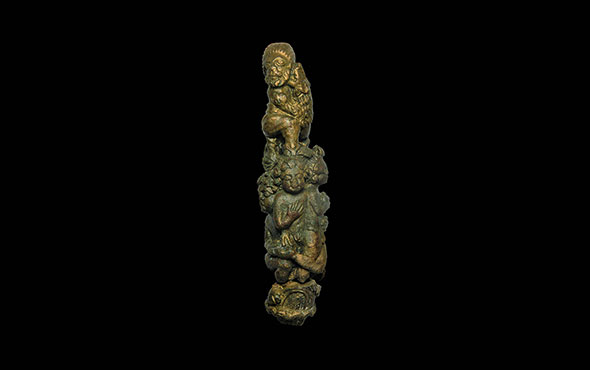A rare stone that once demarcated the boundary of ancient Rome’s sacred precinct was unearthed by workers renovating the city’s sewer system. The six-foot-tall limestone block was found embedded in the ground where it had been placed almost 2,000 years ago and is one of only 10 of its kind ever discovered. The marker, which is known as a cippus, was one of dozens that were installed around the city to mark the pomerium, a hallowed zone where activities were dictated by a strict set of rules. For example, no one could be buried within its limits, and crossing the boundary bearing arms was forbidden. This symbolic barrier was the border between Rome proper—the urbs—and its outlying territory—the ager—and separated religious activities from civic and military life.
The pomerium was periodically expanded as Rome grew outward from its original core. Roman legend holds that Romulus, the city’s mythical founder, created the original pomerium in the eighth century B.C. around his fledgling settlement. An inscription on the newly discovered cippus indicates it was erected in A.D. 49, when the emperor Claudius (r. A.D. 41–54) significantly redrew the city’s limits.
